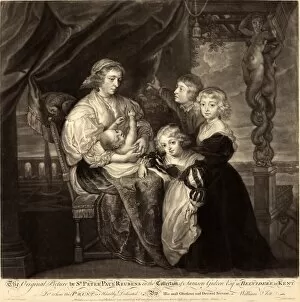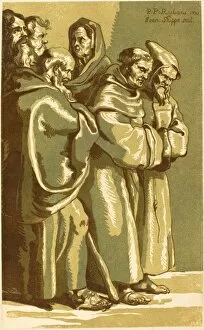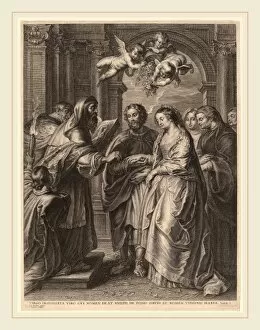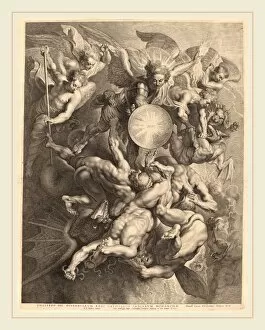Sir Peter Paul Rubens Collection (page 13)
Sir Peter Paul Rubens was a renowned Flemish artist who lived from 1577 to 1640
All Professionally Made to Order for Quick Shipping
Sir Peter Paul Rubens was a renowned Flemish artist who lived from 1577 to 1640. His works encompassed various themes and subjects, showcasing his exceptional talent and artistic versatility. One of his notable paintings is "The Meeting of David and Abigail, " created around the year 1625. This masterpiece depicts a biblical scene with intricate details that highlight Rubens' skillful brushwork. In another painting titled "George Villiers, First Duke of Buckingham, " completed circa 1625, Rubens captures the essence of this influential figure through oil on panel. The portrait exudes elegance and power, showcasing both the artist's technical prowess and ability to capture the personality of his subjects. Rubens also delved into religious art, as seen in "The Descent of the Holy Spirit" painted in 1619. This piece showcases his mastery in capturing divine scenes with vibrant colors and dynamic compositions. "The Apotheosis of the Duke of Buckingham, " created around 1900 but not unveiled until 1936, exemplifies Rubens' ability to create grandiose allegorical paintings that celebrate important figures. This artwork pays tribute to George Villiers by depicting him ascending towards divinity amidst heavenly beings. Another well-known work by Rubens is "The Three Graces" from 1639. In this painting, he portrays three mythological goddesses representing beauty, charm, and gracefulness with exquisite attention to detail. Ruben's love for nature is evident in pieces like "The Garden of Love, " an enchanting depiction rendered on canvas during the seventeenth century. It showcases lush greenery combined with delicate human figures engaged in romantic pursuits. His portrayal of biblical stories continues with "Meeting Abraham and Melchizedek" painted on wood in 1625. The composition highlights dramatic gestures while conveying deep spiritual significance through expert use of light and shadow. In a self-portrait dating back to 1628, Rubens captures his own likeness with remarkable precision.













